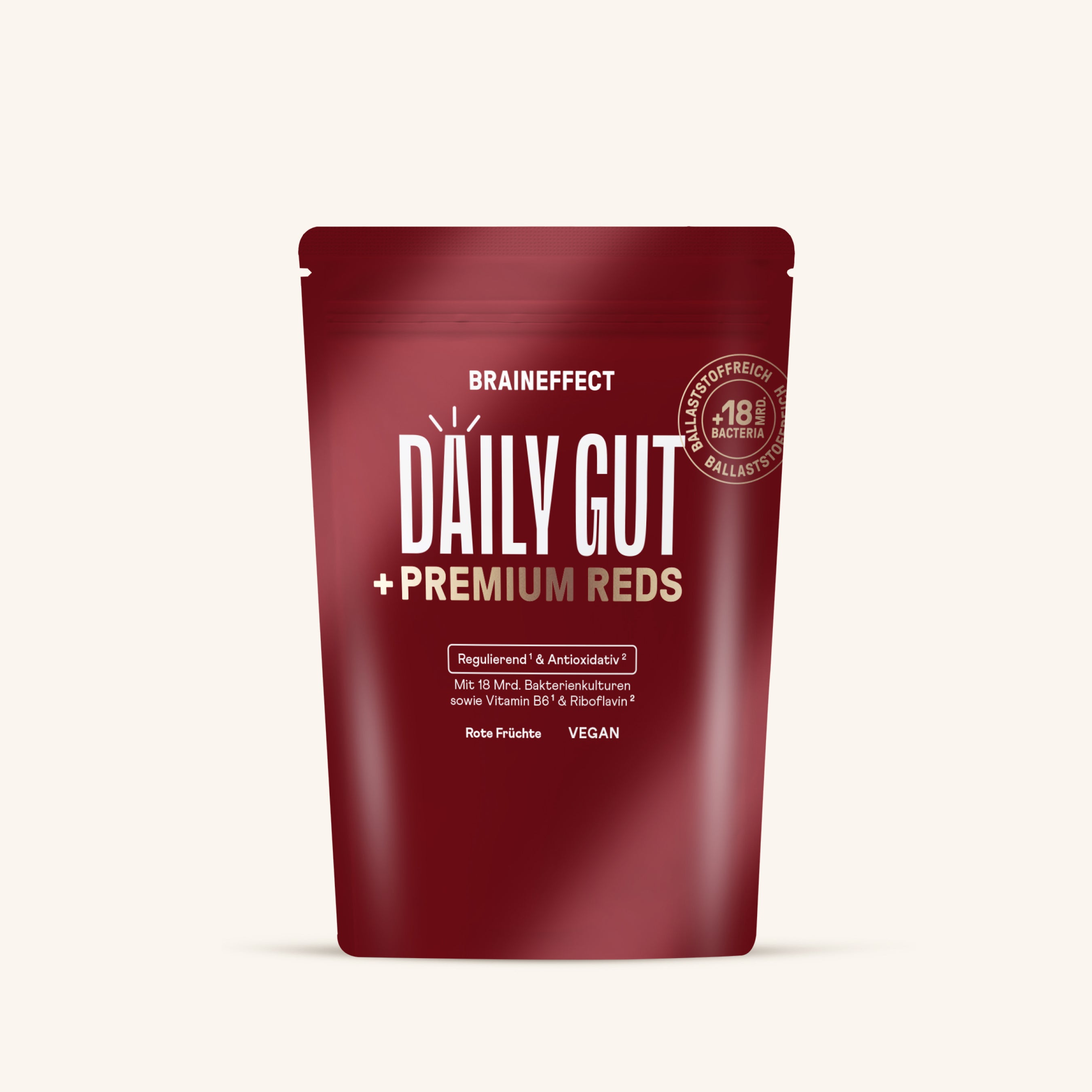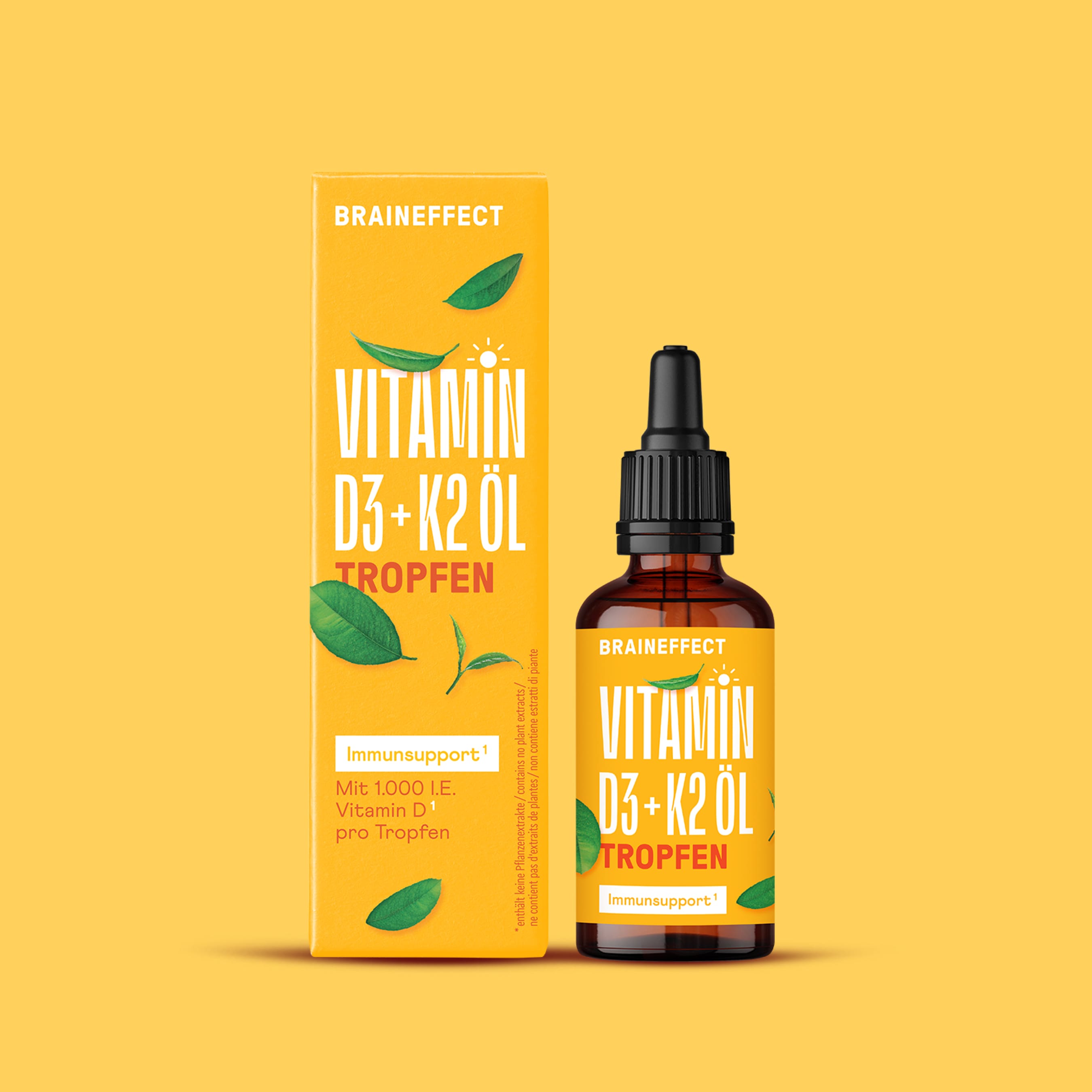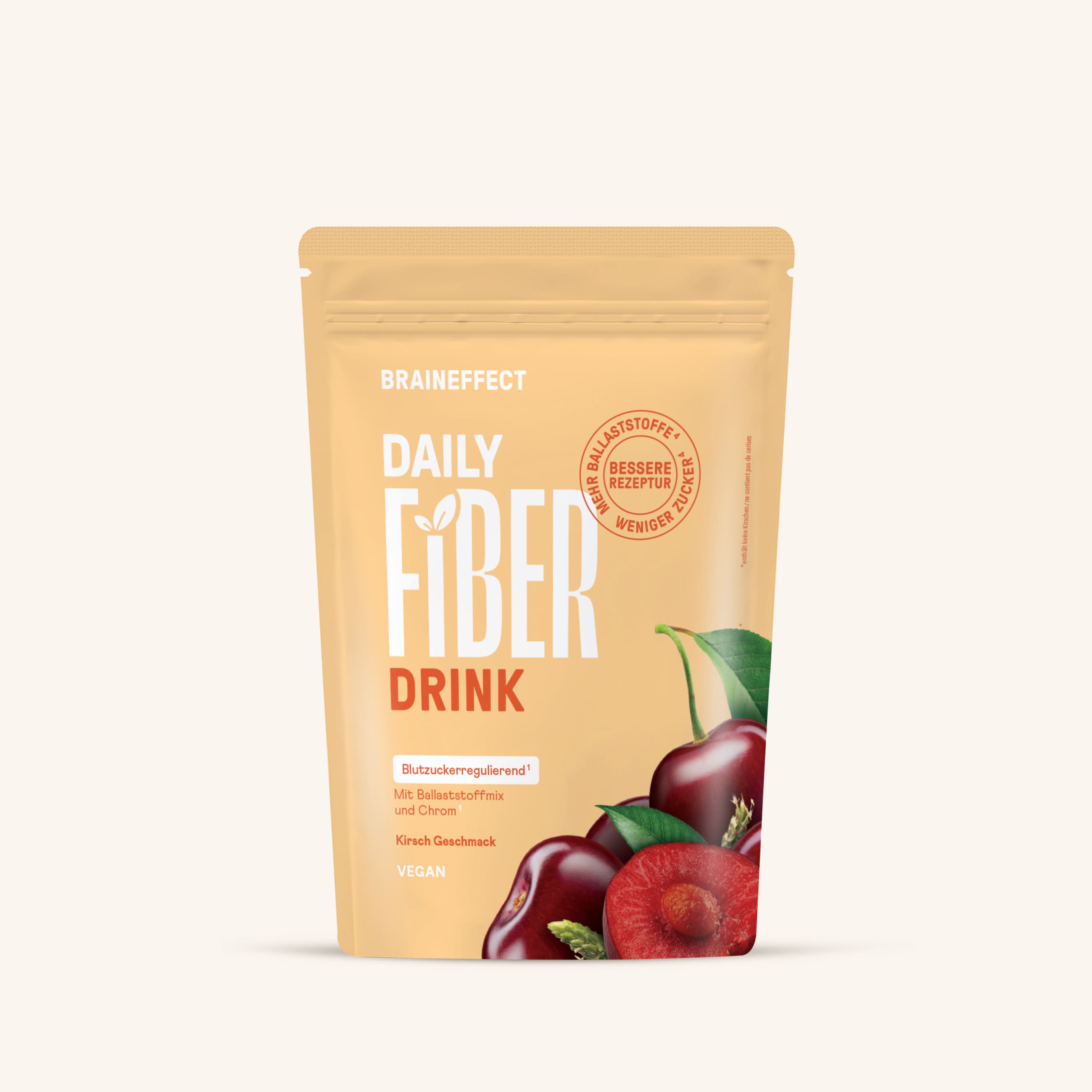Short-chain fatty acids serve as food for the "good gut bacteria," which, in turn, are vital for our immune system.
Table of contents
1. What are short-chain fatty acids?
There are long-chain , medium-chain, and short-chain fatty acids . Short-chain fatty acids are fatty acids that consist of a chain of a maximum of six carbon atoms .
Such fatty acids are therefore sometimes referred to as carboxylic acids . "Carbon" stands for "carbon." The abbreviation SCFAs (Short Chain Fatty Acids) also comes from English.
Because of their low mass , short-chain fatty acids become liquid at room temperature . They usually emit a rather intense and often unpleasant odor .
Short-chain fatty acids are formed in the intestine from indigestible carbohydrates . The human gut flora is responsible for this process. Examples of indigestible carbohydrates include fiber from legumes or starch from potatoes [1].

2. What short-chain fatty acids are there?
The group of short-chain fatty acids primarily includes six different SCFAs :
- Formic acid
- acetic acid
- Propionic acid
- Butyric acid
- Valeric acid and
- Caproic acid.
Formic acid is the shortest fatty acid . It consists of only a single carbon atom. The fatty acid owes its descriptive name to the fact that it is also found in the venom glands of many ants. In humans, however, formic acid is primarily produced as a metabolic product during the breakdown of methanol.
Acetic acid is longer than formic acid: it consists of two carbon atoms. Known to chemists as ethanoic acid, this fatty acid is colorless and has a very pungent odor—like vinegar. As a component of essential oils, acetic acid is found primarily in plants. Alcohol can also be converted into acetic acid through oxidation.
You may be most familiar with propionic acid by its common name, "propanoic acid." This fatty acid occurs naturally in essential oils and is also produced by some strains of bacteria. The food industry uses propanoic acid primarily in the production of Emmental cheese.
In its form as propionate salt, it provides the spicy flavor and the characteristic holes. Other propionate salts include sodium propionate, calcium propionate, and potassium propionate. Sodium propionate, in particular, is often used in the production of dietary supplements.
Butyric acid, with four carbon atoms, follows. Incidentally, it is considered the first "true fatty acid." You're probably most familiar with it from milk fat. It's known, among other things, for its very intense sour smell.
This is because butyric acid is produced by bacteria that are also involved in fermentation processes. Butyric acid is also produced during the production of foods such as cheese, sauerkraut, and beer.
Valeric acid, on the other hand, consists of a whopping five carbon atoms. For this reason, it is also known as pentanoic acid, where the prefix "pente" means five in ancient Greek. Strictly speaking, pentanoic acid is actually a group of acids with the same molecular formula. These acids are found as components in essential oils in cocoa, valerian, tea, and even apples.
The longest of the six short-chain fatty acids is caproic acid. Its chemically correct name is therefore hexanoic acid. Caproic acid is found in small amounts in milk fat, for example. Like valeric acid, it is also present in many essential oils.
These include pine needle oil, raspberry oil, and lavender oil. Another parallel between these oils is that they are both used as flavorings in the food industry.

3. How do short-chain fatty acids work?
In terms of their effect, short-chain fatty acids primarily function as a preferred food source for valuable bacteria in the intestine and rectum.
Bacterial cultures , which are responsible for various protective functions in our body , feed on short-chain fatty acids . At the same time, the receptors of the epithelial cells in the intestine also bind to the fatty acids.
These are protein complexes that, in this case, primarily serve to transport fatty acids into tissue structures. This includes our brain. In this way, short-chain fatty acids serve to regulate appetite and also contribute to the body's energy production [2].
As a biohacker, you already know: fat is the ideal energy store! And the same is true for medium-chain fatty acids: the denser the fat, the more energy it provides.
The only disadvantage is that very solid fatty acids such as butyric or caproic acid are much more difficult for the body to metabolize.
The diversity of intestinal bacteria has a direct influence on our susceptibility to infections , but also on our tendency to inflammatory processes .
In some studies, chronic inflammatory processes in the organism have even been linked to serious age-related diseases such as arthritis, Alzheimer's disease, arteriosclerosis, osteoporosis, and diabetes mellitus [3], [4].
4. Short-chain fatty acids as a dietary supplement
In principle, you can easily get your short-chain fatty acids through your diet. Many cheeses and dairy products contain butyric acid , propionic acid , and other fatty acids .
You can also support your body in the production of short-chain fatty acids by regularly eating vegetables rich in starch and fiber .
However, if you have trouble consuming fiber , it's worth looking into short-chain fatty acids as a dietary supplement . You'll especially come across propionates , which are used in many capsules and lozenges.
The advantage of propionic acid derivatives : They act in the body in a similar way to fiber ! Dietary supplements with SCFAs have just as positive effects as legumes and the like.
You can also support your body in the production of SCFAs with intensive workouts: Regular training accelerates your metabolism , so that the production of short-chain fatty acids is also stimulated .
Another interesting candidate for a dietary supplement is caprylic acid . Although it doesn't officially belong to the group of short-chain fatty acids, it has a similarly beneficial effect on your body.
Another advantage: You can get them from many common oils such as coconut or MCT oil .
BRAINEFFECT HACK : With us you get the high-quality MCT oil ROCKET C8 made from 100% caprylic acid.
Try ROCKET C8 from MCT oil now
5. Conclusion
Short-chain fatty acids are extremely important for our intestinal health. They are formed directly in the body from starch and indigestible fiber.
All six acids are also present in various sources in nature and in the food industry. In the human rectum, short-chain fatty acids primarily serve as food for the bacteria responsible for protecting our body from infections and inflammation.
They therefore play an important role in the fight against infections and age-related inflammatory diseases. Furthermore, these valuable fatty acids also help regulate our appetite and, of course, aid the body's energy production.
Food sources that contain mainly the more solid fatty acids such as butyric, valeric and caproic acid are preferable.
It may also be worthwhile to look into short-chain fatty acids as dietary supplements, as well as the very similarly acting caprylic acid in MCT oil and the like, if you want to do something good for your intestinal bacteria and thus your health.
6. Sources
[1] Chambers, ES; Preston, T.; [...]; Morrison, DJ (2018), Role of Gut Microbiota-Generated Short-Chain Fatty Acids in Metabolic and Cardiovascular Health, Current Nutrition Reports, Volume 7, Issue 4, p. 198-206, https://www.ncbi.nlm.nih.gov/pmc/articles/PMC6244749/.
[2] the best, G.; van Eunen, K.; [...]; Bakker, BM (2013), The role of short-chain fatty acids in the interplay between diet, gut microbiota, and host energy metabolism, Journal of Lipid Research, Volume 54, Issue 9, p. 2325-2340, https://www.ncbi.nlm.nih.gov/pmc/articles/PMC3735932/.
[3] Font Fernandez, M.; de Oliveira, S.; [...]; Ramirez Vinolo, MA (2020), Effect of Short Chain Fatty Acids on Age-Related Disorders, Reviews on New Drug Targets in Age-Related Disorders, Volume 1260, p. 85-105, https://link.springer.com/chapter/10.1007%2F978-3-030-42667-5_4.
[4] Ohira, H.; Tsutsui, W.; Fujoka, Y. (2017), Are Short Chain Fatty Acids in Gut Microbiota Defensive Players for Inflammation and Atherosclerosis, Journal of Atherosclerosis and Thrombosis, Volume 24, Issue 7, p. 660-672, https://www.ncbi.nlm.nih.gov/pmc/articles/PMC5517538/.















